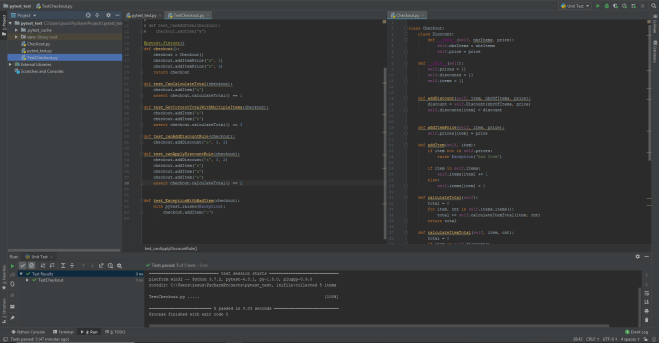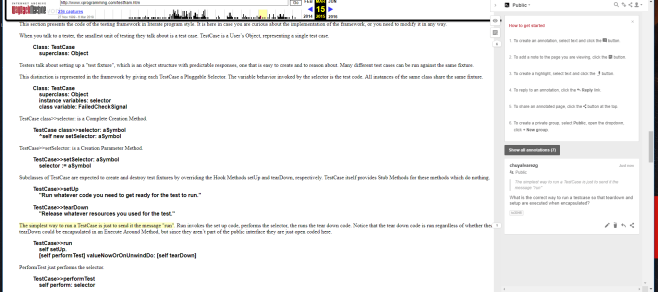After reading about Ana’s stories and what her stand is on blogging, there are some thing i feel identified with like the idea that if you post something on the internet it is immediately subject to be judged and corrected by others looked at by a magnifying glass.
Blogging specifically is a good place to be able to explore and discuss ideas to a longer extent than what other social media outlets have as a norm. Twitter with its character limitations, reddit and the fact that long posts almost get overlooked as they are more interaction focused less expose.
While i agree that blogging has it good attributes and is good to explore a topic and show what it is how it works and what you think about it. I personally feel that unless you have mastery of a topic trying to explain how it works is not the best option. As there are a lot more people which they work might be to explain those things or work specifically on that area and have a better understanding they can share rather than someone that has to juggle a 100 different topics in 6 months.
The one thing i do like about blogging is the ones that revolve about discussion not about explanation. It is very different to explain something where you end up just listing off commands or code snippets than to learn about a topic so you can voice how it feels for you and maybe dig deeper into it. It also becomes easier to not feel as if you are about to be judged the moment you click publish if its a subject where the objectivity of what is right becomes blurry or even subjective smart citizens blog posts, for example, follow this idea as they open discussion about topics.





